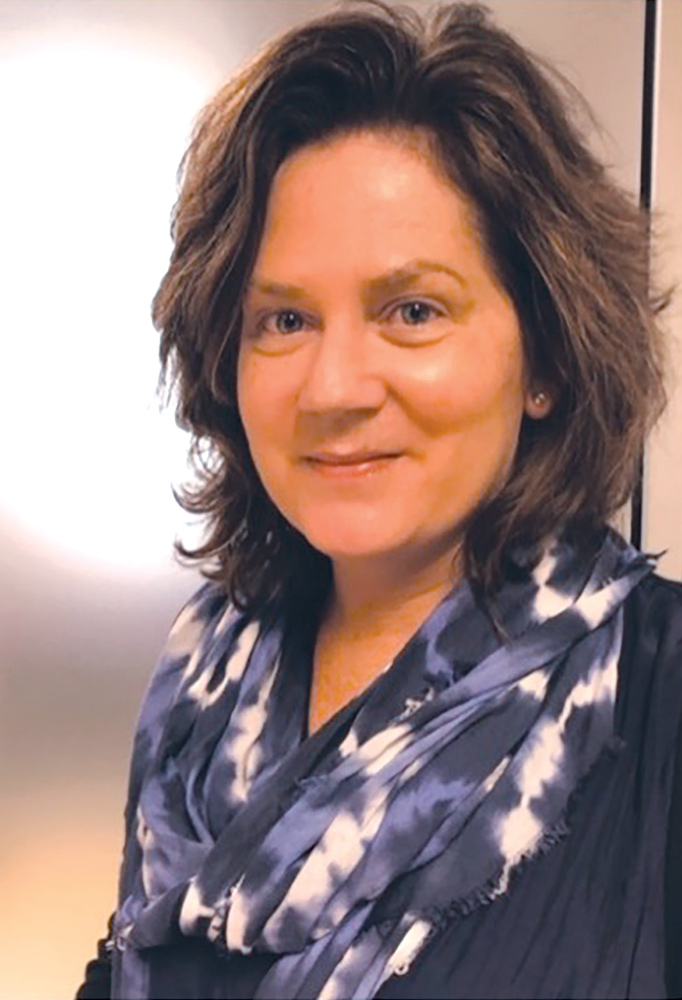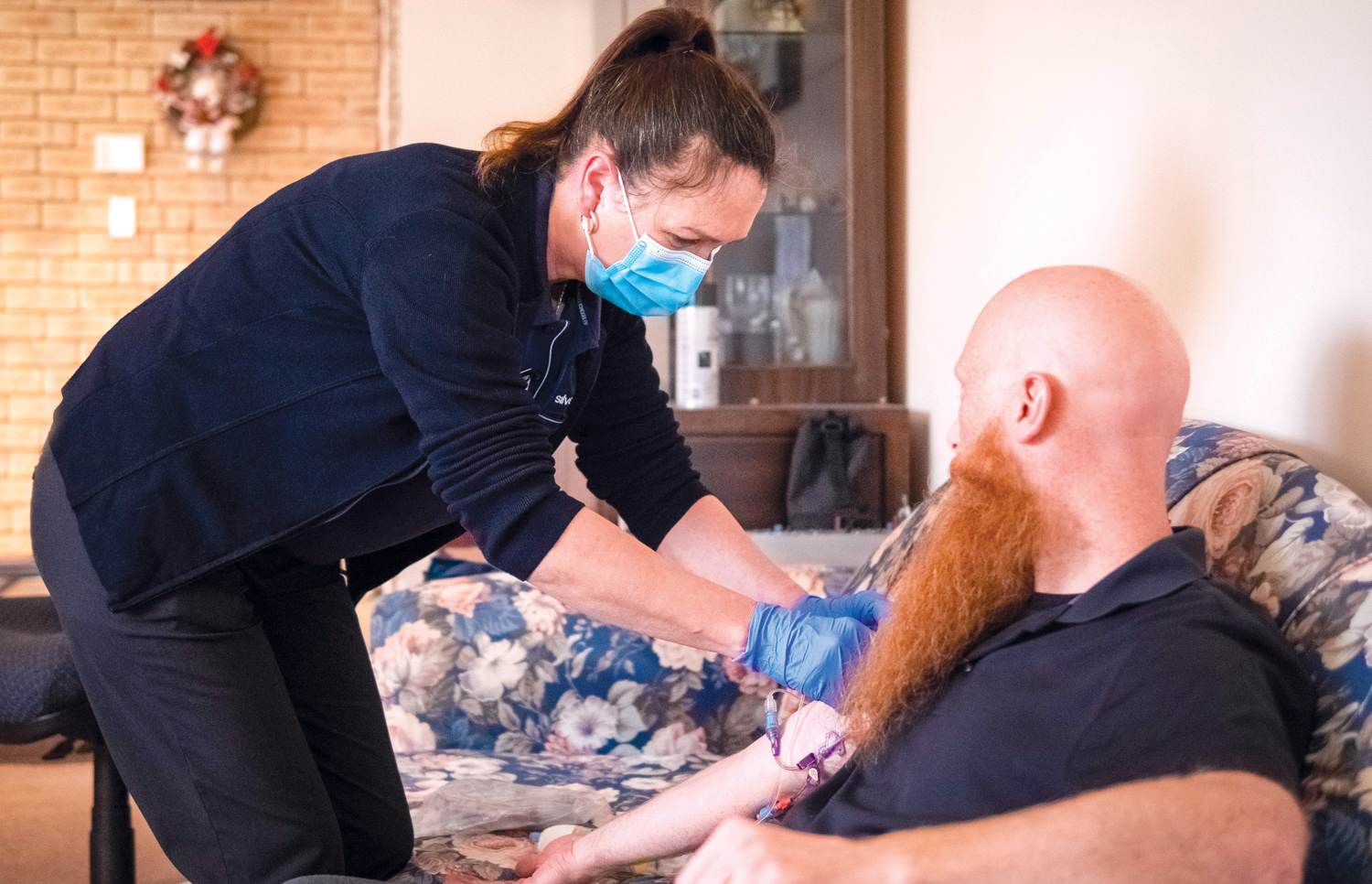 Work out often, but less
Work out often, but less
It’s the million-dollar question when it comes to exercise – how much is best? Is it better to do a little every day, or a lot a few times a week?
Edith Cowan University Exercise and Sports Science Professor Ken Nosaka’s study has found that it is best to exercise daily, rather than do 2-3 intense sessions per week.
Professor Nosaka garnered a lot of attention earlier this year with his three-second weight training study, which found that lifting weights for as little as three seconds a day could have a positive impact on muscle strength.
In the latest study, three groups performed an arm resistance exercise and changes in muscle strength and muscle thickness were measured and compared.
Two groups performed 30 contractions a week, with one group doing six contractions a day for five days a week (6×5 group), while the other crammed all 30 into a single day, once a week (30×1 group).
Another group only performed six contractions one day a week.
After four weeks, the group doing 30 contractions in a single day did not show any increase in muscle strength, nor did the group doing six contractions once a week.
But the 6×5 group saw significant increases in muscle strength of more than 10%, with an increase in muscle thickness similar to the 30×1 group.
Professor Nosaka said the studies suggested very manageable amounts of exercise done regularly could have a real effect on people’s strength.
“People think they have to do a lengthy session of resistance training in the gym, but that’s not the case,” he said. “Just lowering a heavy dumbbell slowly once or six times a day is enough.”
Pill-testing saves lives

Health researchers have renewed calls for more pill-testing facilities to avoid potential overdoses and drug-related deaths, as festivals return to Australia’s summer calendar after a two-year absence.
An Edith Cowan University study examined the behaviour of festival goers in Victoria when given access to a community-led pill testing service. It found the vast majority would discard their drugs if they contained unexpected substances.
Almost 11% of the pills tested didn’t have any of the substance the owner believed they had purchased. Of the people in possession of these pills, only 9% said they planned to consume the drug after finding out the composition.
Other pills were found to contain the expected substance, but also other unknown substances the attendees were unaware of. Less than half of these people said they still planned to take them.
Researcher Dr Stephen Bright said further analysis showed some of the discarded pills contained a dangerous combination of drugs that were known to have been involved in several deaths in Melbourne in 2017.
“When they were told there was a chance their drugs could be from the same batch, most people chose to get rid of them,” he said.
Dob in a cowboy
Doctors and other health practitioners are being urged to use a confidential hotline to report so-called “cosmetic surgery cowboys” who are practising unsafely.
Patients can also use the line – 1300 261 041 – if they believe they have been harmed by cosmetic surgery procedures in Australia.
The hotline has been set up by the newly established Cosmetic Surgery Enforcement Unit, as a response by Ahpra and the Medical Board of Australia to an independent review into the regulation of medical practitioners who perform cosmetic surgery.
It is aimed at making it less challenging for patients who are unsure about whether to report their experiences and where to report them. The hotline, which is staffed by a specialist team, makes it easier for practitioners to make notifications when they know about specific unsafe practices.
‘We want patients to use the hotline, as well as registered health practitioners, so their concerns can be investigated,” Ahpra CEO Martin Fletcher said. “When we know about poor behaviour and unsafe practice, we can act.”
Women’s health focus

A new alliance has been formed in WA to boost women’s health and research.
Funded by the National Women’s Health Research, Translation and Impact Network – an initiative of the Australian Health Research Alliance – the Women’s Health Research Alliance WA aims to leverage large-scale national efforts to improve women’s health and deliver research, translation and impact in priority areas.
These areas include preconception, pregnancy, postpartum and intrapartum health, reproductive health, sexual health, healthy lifestyle, nutrition and obesity prevention. They also cover violence and abuse prevention and recovery, Indigenous health, mental health, chronic disease prevention and healthy ageing.
Dr Jacqueline Frayne said the network was a great opportunity for a collaborative approach, including consumers, to research for women and girls nationally.
“My research interests include pregnancy care, chronic disease and mental health, with an emphasis on severe mental illnesses, chronic diseases including endometriosis, hypertension, diabetes and breast cancer and lifestyle risk reduction,” she said.
“As a general practitioner, I believe that aspects of women’s health research are lacking in the primary health care space, particularly.
“I understand that research career advancement can be challenging for many women, and this is even more so during the COVID pandemic. Workplace interruptions can be hard, especially for clinicians.”
Dr Frayne said the alliance welcomed the involvement of people interested in women’s health research. https://wahtn.org/platforms/womens-health-research-alliance-wa-whrl/
 Safe and found
Safe and found
More than 270 WA families have registered their relatives on the Safe & Found database in its first 12 months of operation, resulting in 29 rapid searches by police.
The database was developed by WA Police, in partnership with the MedicAlert Foundation, to help police quickly locate vulnerable people with dementia, autism or a cognitive impairment that increases their chances of going missing.
Having access to information such as ‘lost person behaviour’ or a recent photo of the missing person can make a significant difference to the early stages of a land search operation and improves the chances of finding the missing person.
In 2017, WA Police conducted 46 searches for people with dementia who had become lost. By 2020 that number increased to 73 searches and there were 170 searches last year. So far in 2022 there have been more than 143 searches, and this could reach as many as 200 searches by the end of the year.
Doctors are encouraged to make this service known to their patients.
www.safeandfound.org.au
E-scripts for RPH
In a first for public hospitals nationally, patients at Royal Perth Hospital can now obtain electronic prescriptions that can be dispensed at community pharmacies.
A joint project between RPH, WA Heath Support Services and the Australian Digital Health Agency, the service will be rolled out to all specialties at the hospital following an initial 12-week trial in haematology, immunology, anaesthesia, pain medicine, gastroenterology and liver outpatient clinics.
During the trial, registered prescribers can generate an electronic prescription when needed for their patients. Patients will receive an SMS or email message with a token they can either present in person or forward electronically to their local pharmacy to receive supply of their medicine.
While this is the first trial of electronic prescriptions in a metropolitan hospital setting, about 72 million electronic prescriptions have been issued across the country.
More than 45,000 prescribers – GPs and nurse practitioners – have issued e-prescriptions to patients and more than 98% of community pharmacies around the country are dispensing them.
WA Indigenous rating
A study has found that the Northern Territory has the worst economic outcomes for remote Indigenous people of any state or territory in Australia, by some margin.
The Centre for Independent Studies said that while the deprivation experienced by Indigenous people was well known, the statistics were issued as a single national category, obscuring the degrees of deprivation.
Author Peter Gregory analysed how States and territories performed in terms of the economic wellbeing of Indigenous people in remote and very remote communities and based on the data, South Australian ranked the best for economic outcomes, followed by Western Australia, then Queensland and New South Wales.
Low value vitamin D tests
A University of Sydney study examining the climate impact of low value health-care activity in Australia has found that unnecessary vitamin D tests generated carbon emissions equivalent to a car driving from Sydney to Perth 59 times.
The researchers say unnecessary vitamin D tests in Australia cost the healthcare system over $87 million and had a carbon footprint of 28,000kg to 42,000kg of carbon dioxide equivalent emissions.
Health care has a significant carbon footprint: in 36 major countries it is responsible for 4% of annual global CO2e emissions. In Australia, health care represents 7% of national CO2e emissions.
Low value care represents about 30% of health care. It is defined as health services that have limited or no benefit to patients but carry risks or costs for patients and the health system.
Researchers said about 76% of Australia’s vitamin D tests provided no net health benefit, meaning there were 3.4 million unnecessary tests done in 2020.
 Reducing risks from at-home IV
Reducing risks from at-home IV
A study by Silverchain and Fiona Stanley Hospital, which aims to improve health outcomes for home-care patients, has attracted international recognition.
The study focused on patients with serious infections who receive intravenous antibiotics at home via outpatient parenteral antimicrobial therapy (OPAT). It identified risk factors that could contribute to these patients developing catheter-related thrombosis.
The study was named in the top 10 OPAT studies in 2021 in a recent journal article published by the Infectious Diseases Society of America.
The project is expected to not only improve health outcomes of home-cared OPAT patients, but also reduce pressure on hospitals, with the OPAT home service freeing up about 25 beds a day at Fiona Stanley Hospital alone.
Silverchain’s Hospital at the Home medical director Dr Leena Patel said the research would help reduce the risk of catheter-related thrombosis for these patients.
“Giving care to patients in their home in a ‘virtual ward’ setting is becoming more common, therefore it is increasingly important to ensure that this type of care provides patients with the best health outcomes,” she said.

